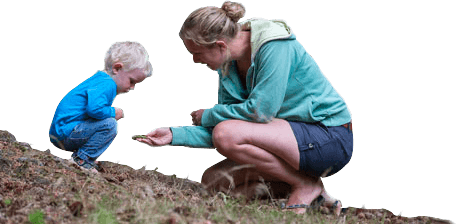Gorse
There are two species of gorse that are common in the New Forest.
Common gorse is very common throughout the UK, but dwarf gorse is restricted to the heaths of Dorset, Hampshire, Sussex, Surrey and Kent and is therefore quite rare in the UK.Both grow in the dry, open areas of heathland.
Gorse can sometimes form thickets, but dwarf gorse grows as a low, ground-hugging shrub and mixes in with the heathers. Both species can be found in most open places in the New Forest. Look along the edges of sandy tracks in July and August for the dwarf gorse.As with the heathers, both gorse species will thrive if trees and scrub are kept at bay.
Common gorse does need cutting back if it spreads too densely and starts to shade out the other heathland plants. Common gorse is important for the rare Dartford warbler, which requires it for nesting, foraging and as song perches; areas with gorse are the best places to look for this bird.
Gorse has long been used as a source of fuel for winter fires and the younger shoots were once bruised and used as a fodder crop for livestock in the lean winter months. Gorse flowers can be used to make a dry white wine, but picking them can be painful!

